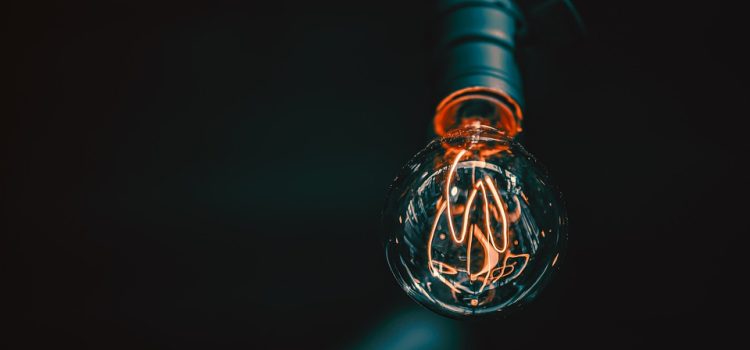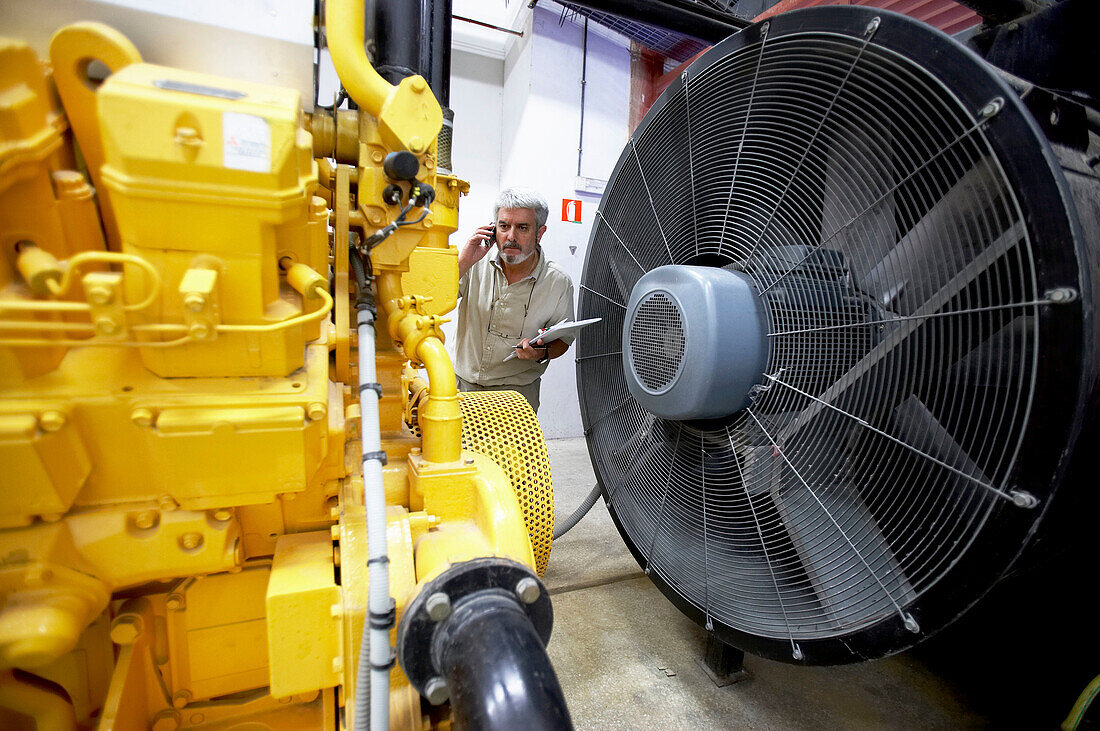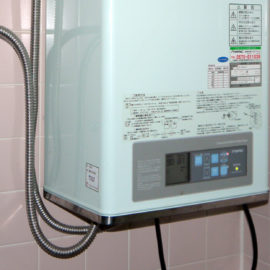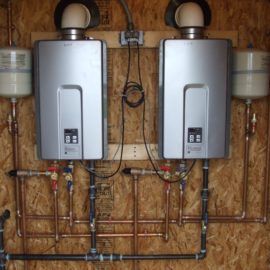
Electricity is a type of energy that performs an infinite number of jobs in our houses. It powers radios, television receivers, high-fidelity phonographs, and telephones, as well as front- and back-door bells and buzzers. Our laundry washers, dishwashers, ventilation and circulating fans, and a variety of other devices are powered by electric motors. Electricity not only provides light in our houses, but it also heats toasters, rotisseries, coffee percolators, and other appliances.
So, let’s continue our exploration of this great energy.
Electricity

There are other ways of generating electric current (other than what was discussed previously). In the dry cell, the current is made to flow through the electrolyte, the electrodes and an external circuit, because there is a continuous chemical reaction between the electrodes and the electrolyte. The storage battery is based on the same principle. Current is also produced when light falls on certain metals such as selenium and cesium, set in a glass bulb that is evacuated or filled with an inert gas. This device is known as a photoelectric cell. When two unlike metals such as copper and iron or antimony and bismuth, are arranged so as to form a circuit and are then heated, current will flow through the circuit. (The dissimilar metals form what is called a thermoelectric couple.) The current generated by these devices would be altogether too feeble to run modern electric-supply systems; such systems used electric generators exclusively.
Most electric-generating stations have two or more generators of the alternating-current type. The magnetic field is produced by current-carrying wires coiled around soft iron cores. The assembly of coils and cores, known as the field, is mounted on a shaft. When this rotates, the magnetic field sweeps across the generating conductors, which are mounted on a stationary armature.
In alternating-current generators, the electrons regularly reverse their direction of flow. Starting in one direction, current builds to a maximum and then subsides to zero; it then builds up to a maximum in the opposite direction and again diminishes to zero. This sequence is called a cycle. The standard frequency in the United States and most parts of Canada is sixty cycles a second; it is fifty cycles a second in some European countries.
The generators have three sets of conductors, each developing the same voltage but differing in phase. This means that the peal voltages for the different sets of conductors are not developed at the same time, but follow each other according to a definite sequence. Generators of this type are known as three-phase generators. They ordinarily have three cables connected to outside electrical circuits.
Sources Of Energy For Electric Generators

In an electric generator, a shaft must be rotated in order to cause a generating conductor and magnetic field to move with respect to one another and thus to produce the flow of current. Various types of engines are used for this purpose. Each converts into mechanical energy some other type of energy such as the chemical energy stored in fuels or the kinetic energy of falling water or the heat energy derived from the sun.
The conventional fuels commonly used today for the machines that drive electric generators are coal, lignite, oil, natural gas, wood and waste products. They all contain chemical energy in a dormant or stored form. When they react with oxygen under high-temperature conditions, thermal energy (heat energy) is released.
Nuclear fuels such as uranium, plutonium and thorium, are beginning to supplement the more conventional fuels that we have listed. The atoms in these fuels are split in a nuclear reactor and give off intense heat.
In the summer parts of the world, heat is generated by solar engines as the sun’s radiant energy is concentrated by mirrors or absorbed by large, dark-colored panels.
Some of the electrical energy generated in the United States comes from hydroelectric plants. Here the force of moving water produces electricity by turning the shafts of eclectic generators. The water is usually dammed first and then released through pipes against turbine wheels connected to generators.
If you haven’t read the first article yet, why don’t you do it now?



